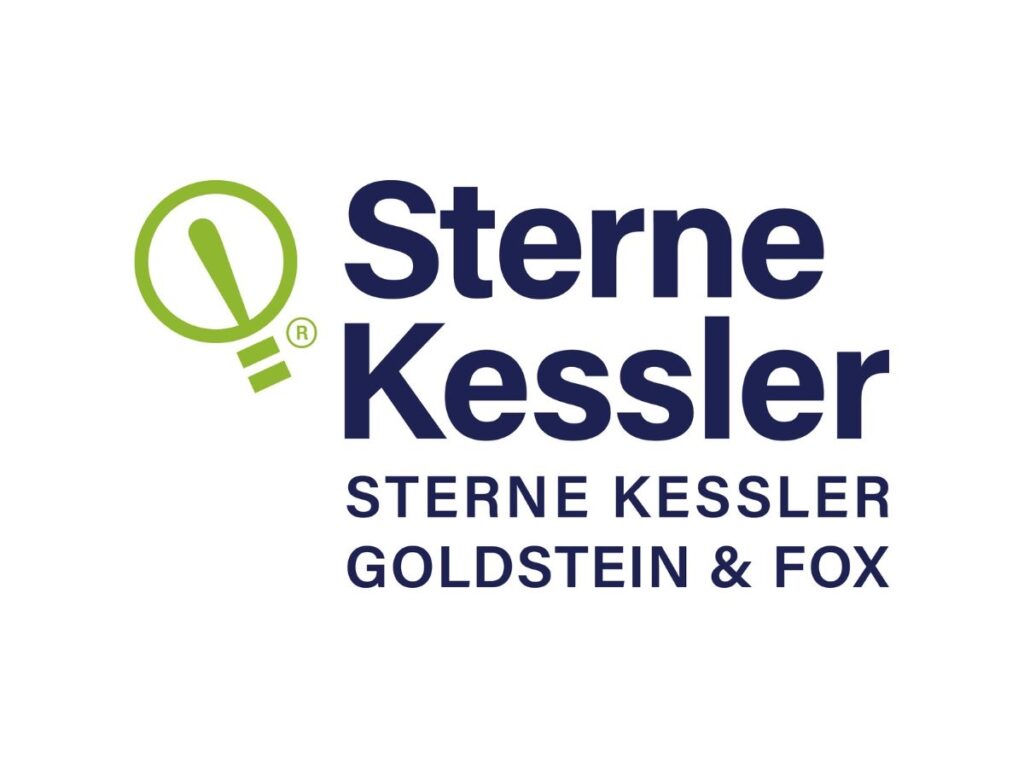Popular brands face attacks from all sides, from competitors trying to chip away at market share, to bad actors seeking to profit from counterfeit or knockoff products.
However, one lesser-known threat arises when your brand becomes so famous that the trademark becomes synonymous with the product category. While most brand owners are familiar with the category of (non)marks that are inherently generic (meaning they already identify the genre of goods or services – i.e., CAR for automobiles), fewer understand the dangerous trajectory of a coined trademark that identifies a new category of product, whose popularity leads to the mark becoming the name of the product category. When this happens, it can lead to a determination that the trademark is generic, and no longer protectable – such as the former trademarks NYLON and ESCALATOR.
But what happens when a trademark is deemed generic before its time? This article was inspired by a “solution” to the October 5, 2024, New York Times Connections puzzle. The “connected” terms were CHAPSTICK, JACUZZI, Q-TIP, and XEROX. And the solution, or connection between the marks, was: “Brands That Have Become Generic Terms”–which certainly raised some alarm bells in the head of this trademark attorney–and likely came as a surprise to the owners of these four still very much “alive” (and not dead yet!) trademarks registered with the USPTO.
- CHAPSTICK (Reg. No. 86819, registered since 1912)
- JACUZZI (Reg. No. 1101174, registered since 1978)
- Q-TIP (Reg. No. 309256, registered since 1934)
- XEROX (Reg. No. 576118, registered since 1953)
All brand owners can benefit from monitoring for evidence of brand misuse that can lead to loss of rights. So, hopefully, the owners of the respective well-known brands above took note of this misstep, and have informed the NYT of the error.
That said, even registered trademarks can become generic through misuse, and genericness is one of the limited grounds on which an incontestable registration can be cancelled. Brand owners, consumers, and the media very often misuse trademarks without even realizing that they may be subjecting such marks to genericide. So, what should brand owners to do protect against losing rights?
There are a few steps on the front end that brand owners can take to ensure that consumers understand the difference between a new trademark and a product category. And, once a brand is the marketplace, a bit of vigilance can ensure brand rights for years to come.
First, before launching a new product, decide on a product category descriptor to be used as a noun along with the trademark. If the category is new, create a generic term to be used with the brand.
Second, use the brand as an adjective with the generic term: [TRADEMARK] [insert generic term]. (For example, NYLON fabric, XEROX photocopy machine, Q-TIP cotton swab).
Third, prepare a standard, written explanation for correct usage of your mark that can be incorporated into marketing and brand guidelines, and easily be distributed internally and to third parties, such as licensees or general consumers, including when incorrect usage is found.
Fourth, brands can utilize search vendor monitoring platforms to review print and online publications for improper use of your mark, and for examples of use of marks within the goods/services descriptions for new filings with the trademark office.
Fifth, take care to use brands properly internally and externally.
- Consider using the ® registration symbol (or the TM/SM symbol for unregistered trademarks).
- Distinguish the trademark from surrounding text by capitalizing the entire name – or at least the first letter, and/or using a distinctive typeface.
- Avoid or minimize use of variations of your mark; such uses may inadvertently dilute your own mark by confusing the public about correct usage.
Fifth, consider educating the public about proper usage. For example, the Xerox Corporation has undertaken ad campaigns, including in magazines such as AdWeek, advocating for the use of the verb “photocopy” rather than the shorthand “xerox.” Velcro BVBA published a hysterical video, featuring the vocal talents of their legal team, to educate consumers on the correct use of the VELCRO trademark and the generic names of the fastener (for example, “hook-and-loop”). These kinds of efforts have been recognized by courts as successfully preventing brand genericide.
Finally, take action when misuse is identified. If a competitor is misusing a brand as a generic term, this outreach can be in the form of a demand letter. For the NYT example above, the respective brand owners may want to reach out to the NYT with a polite and friendly, but factual, letter or email to note the inaccuracy, and clarify how to correctly reference their marks.
With a little effort, even the most popular of brands can retain their source identifying function.
